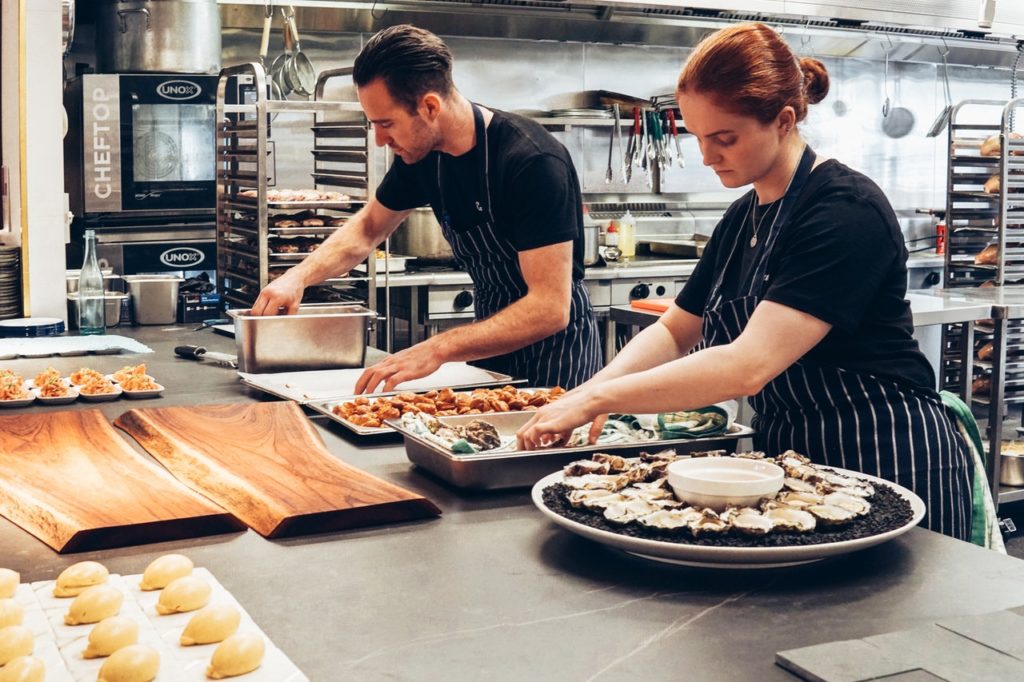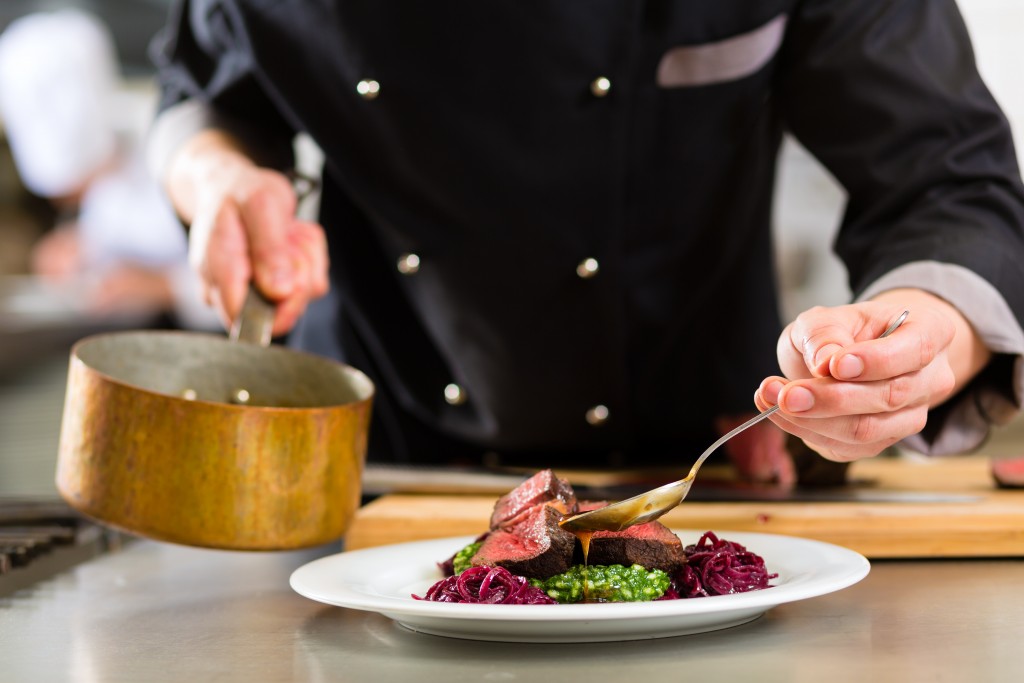Among all the costs of establishing a restaurant, kitchen equipment is one of the most expensive, and we’re only talking about basic equipment. The costs can even go higher with more extensive menus and dishes that require complex cooking techniques, and the same is true for restaurants with larger operations.
Fortunately, there are several ways with which restaurants can save money on kitchen equipment. Here are some of the best ones:
1. Consider customizing your equipment
While this strategy seems counterintuitive to saving money, having customized foodservice equipment can eliminate the need to buy multiple pieces of equipment to meet each one of your kitchen’s needs. And since customized equipment can provide the best setup possible for your kitchen, it can also reduce unnecessary expenses such as additional appliances or outfittings.
If your restaurant has specialized needs, consider talking to a reputable foodservice equipment manufacturer such as Lakeside Manufacturing today.
2. Choose energy-efficient equipment
Look for the ENERGY STAR symbol when scoping out kitchen equipment for your restaurant; this symbol indicates that a piece of equipment has passed the qualifications required to be considered energy-efficient. Energy-efficient models use significantly less energy than regular models, leading to lower utility bills as well as repair expenses.
Moreover, having energy-efficient equipment at your restaurant may qualify you for rebates and tax credits from government agencies. In some cases, you may also be able to obtain a low-interest loan to help you purchase energy-efficient equipment.
3. Buy new equipment
Kitchen equipment is a big investment for any restaurant, and so many owners decide to buy used equipment to save money. However, you never know just how much the equipment has been used by the previous owners, how frequently they had it maintained, and how well they maintained it. Moreover, used equipment usually has no warranty, and even if the warranty is still active, it is unlikely for it to transfer to the new owners.

When you look at it this way, it makes more financial sense to buy new kitchen equipment for your restaurant. The cost of new equipment is significantly higher than used, but you are starting with a fresh piece of equipment; there is no guesswork involved in its previous use and maintenance, and you have a warranty to protect you from unexpected breakdowns from the manufacturer service itself.
4. Purchase cheaper equipment when appropriate
For equipment that will go through occasional use only, consider buying it cheap or used. The initial investment of new and more expensive equipment might not make sense if it is only going to be used infrequently. And if in case that piece of equipment fails, the downtime won’t affect restaurant operations as much because they are only used for a limited number of tasks.
Alternatively, consider renting less frequently used equipment. Aside from cost savings, the lease company will most likely be responsible for any repairs.
5. Limit your menu
The more extensive your menu is and the more varied your dishes are, the more equipment you need to serve them. That said, saving money on kitchen equipment has a lot to do with limiting the number and the kind of dishes you serve.
For instance, if your establishment serves pizzas that are not the main highlight of the menu, it’s not financially wise to invest in an entire pizza oven when you have a regular oven that cooks multiple types of dishes. And if only one or two of your dishes require a salamander grill, it may be better to find another way to brown, toast, or melt these dishes through other means.
6. Maximize your storage space
Freezers, refrigerators, and dry pantries are some of the most expensive equipment that every restaurant needs. That said, optimizing storage space is a great way to reduce expenses on equipment. Organize your inventory in such a way that maximizes available space but without overstuffing the freezer or refrigerator (as this can lead to poor equipment efficiency and increased risk of premature spoilage). Maximizing storage space also means de-icing your freezers and cleaning out spoiled or unused ingredients regularly.
You may also have to adjust your order cycles according to the amount of storage space you have. Find out how much inventory you can carry given the available space, and then determine how often you need to order to keep your stocks at a certain level.
Kitchen equipment is rarely cheap, so to keep this particular cost low, restaurants must employ these strategies and continue finding ways to reduce maintenance costs. Aside from reducing expenses, these tips can also help restaurants keep their equipment in good working condition for years to come.



